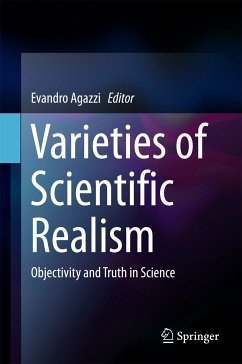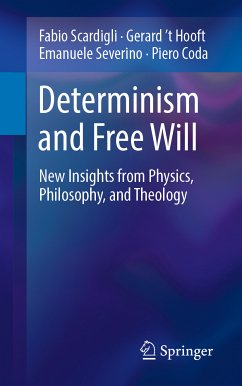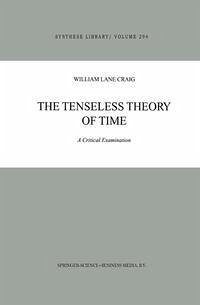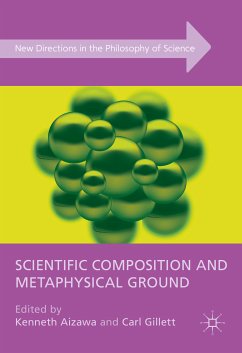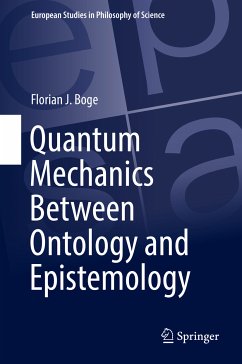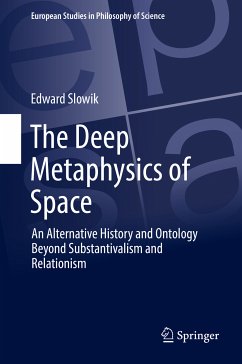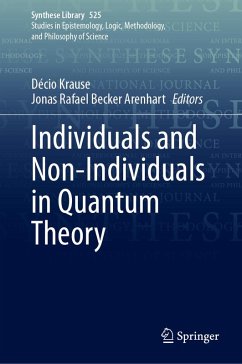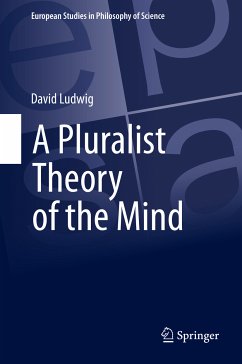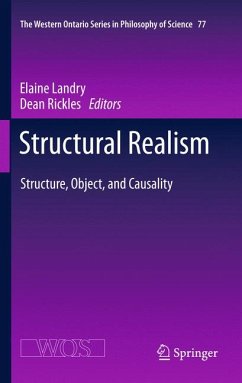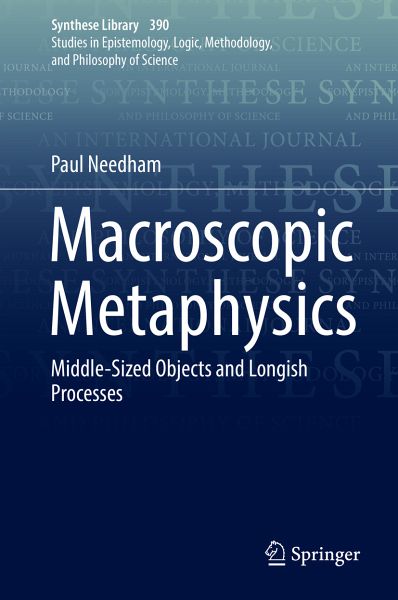
Paul Needham
eBook, PDF
Macroscopic Metaphysics (eBook, PDF)
Middle-Sized Objects and Longish Processes

PAYBACK Punkte
36 °P sammeln!






Macroscopic Metaphysics (eBook, PDF)
Dieser Download kann aus rechtlichen Gründen nur mit Rechnungsadresse in A, B, BG, CY, CZ, D, DK, EW, E, FIN, F, GR, HR, H, IRL, I, LT, L, LR, M, NL, PL, P, R, S, SLO, SK ausgeliefert werden.
Paul Needham is professor of theoretical philosophy at the University of Stockholm. He has a first degree in chemistry and a masters in philosophy, both from the University of Birmingham, and a doctorate in philosophy from the University of Uppsala. His interests include metaphysics, epistemology and the philosophy of science. He has previously worked on time and tense, causation and subjunctive conditionals. More recent interests are concerned with issues related to chemistry. This includes themes connected to the work of Pierre Duhem, particularly in connection with his role in the establishment of the field of physical chemistry, studies of the origins of the concept of chemical substance in the ancients and its development in more recent times, the discussion of natural kinds and criteria of sameness of substance in modern chemistry, and applications of mereology in the interpretation of macroscopic notions.
Produktdetails
- Verlag: Springer International Publishing
- Seitenzahl: 224
- Erscheinungstermin: 8. Januar 2018
- Englisch
- ISBN-13: 9783319709994
- Artikelnr.: 53057421
"The book will be appreciated mainly by specialists working in the area of formal ontology. The historical sections are valuable for historians of science who seek to know how fundamental ancient views on key concepts like substance, process, element and compound, have developed to arrive at the semantic role they have today." (Louis Caruana, Gregorianum, Vol. 100 (2), 2019)
"This is an excellent book, hugely well-informed about its subject matter and taking a strongly independent line on issues at the heart of much contemporary metaphysics. ... this is an excellent book, enormously informative and absorbing ... It certainly should be on the reading list of anyone interested in anything related to macroscopic metaphysics." (Harold Noonan, Notre Dame Philosophical Reviews, ndpr.nd.edu, May, 2018)
"This is an excellent book, hugely well-informed about its subject matter and taking a strongly independent line on issues at the heart of much contemporary metaphysics. ... this is an excellent book, enormously informative and absorbing ... It certainly should be on the reading list of anyone interested in anything related to macroscopic metaphysics." (Harold Noonan, Notre Dame Philosophical Reviews, ndpr.nd.edu, May, 2018)
Für dieses Produkt wurde noch keine Bewertung abgegeben. Wir würden uns sehr freuen, wenn du die erste Bewertung schreibst!
Eine Bewertung schreiben
Eine Bewertung schreiben
Andere Kunden interessierten sich für


